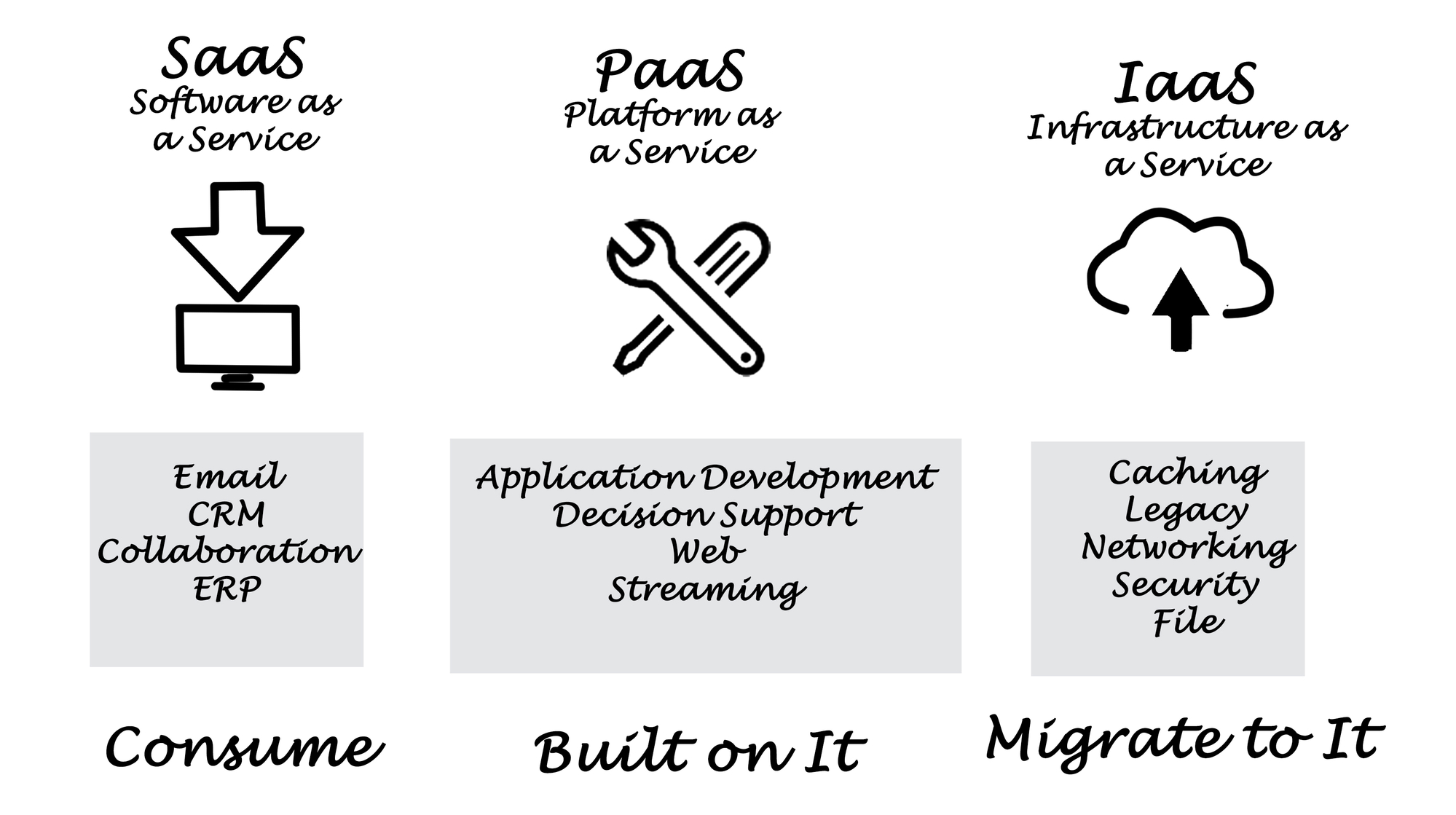Welcome to Mabstac, LLC | Anything Accounting
- Call us: (703) 828-2336
- Mail US : info@mabstac.com
- ADD US : Mabstac, LLC
- Call us: (703) 828-2336
- Mail US : info@mabstac.com
- ADD US : Mabstac, LLC

GASB issued guidance Monday designed to improve the accounting and financial reporting requirements for accounting changes and error corrections.
GASB Statement No. 100, Accounting Changes and Error Corrections, provides guidance designed to lead to information that is easier to understand and more reliable, relevant, consistent, and comparable across governments for making decisions and assessing accountability.
“Governments and other stakeholders should find many of the requirements of Statement 100 familiar,” GASB Chair Joel Black said in a news release. “But they should find the understandability of the guidance greatly improved, and financial statement users should benefit from the new tabular disclosure.”
The previous requirements for state and local government financial reporting on accounting changes and error corrections were established in the 1970s before being codified in 2010 in GASB Statement No. 62, Codification of Accounting and Financial Reporting Guidance Contained in Pre-November 30, 1989 FASB and AICPA Pronouncements. GASB’s pre-agenda research identified diversity in applying the existing standards in practice, including issues with selecting the appropriate category of accounting change or error correction.
Statement No. 100 defines the following categories:
- Changes in accounting principles.
- Changes in accounting estimates.
- Changes to or within the financial reporting entity.
- Corrections of errors in previously issued financial statements.
Statement No. 100 prescribes accounting and financial reporting for each category of accounting change and error corrections. It requires that:
- Changes in accounting principles and error corrections be reported retroactively by restating prior periods.
- Changes in accounting estimates be reported prospectively by recognizing the change in the current period.
- Changes to and within the financial reporting entity be reported by adjusting beginning balances of the current period.
The statement also addresses how accounting changes and error corrections should be displayed in financial statements, disclosed in notes, and presented in required supplementary information and supplementary[NA1] information.
Statement No. 100 carries forward some of the requirements of Statement No. 62 but with clearer explanations, GASB said. Regarding classification, a notable change relates to changes to or within the financial reporting entity, which previously did not encompass changes within the reporting entity, such as a change from a discrete presentation of a component unit to a blended presentation or vice versa. Regarding note disclosures, Statement No. 100 requires that governments disclose the effects of each accounting change and error correction on beginning balances in a tabular format.
The requirements of Statement No. 100 are effective for accounting changes and error corrections made in fiscal years beginning after June 15, 2023, and all reporting periods thereafter. Earlier application is encouraged.




